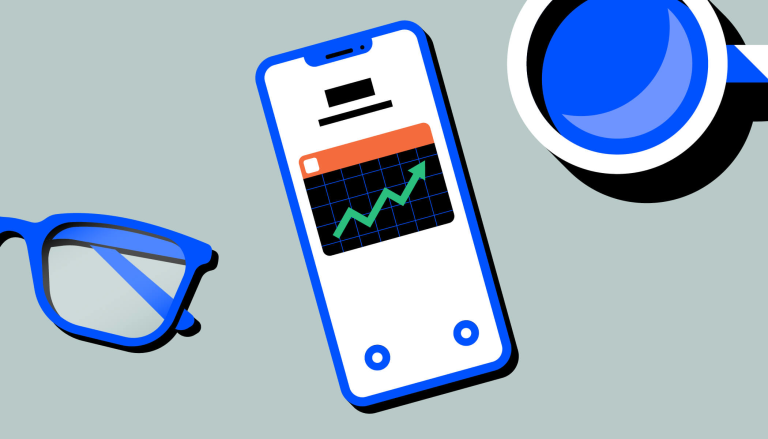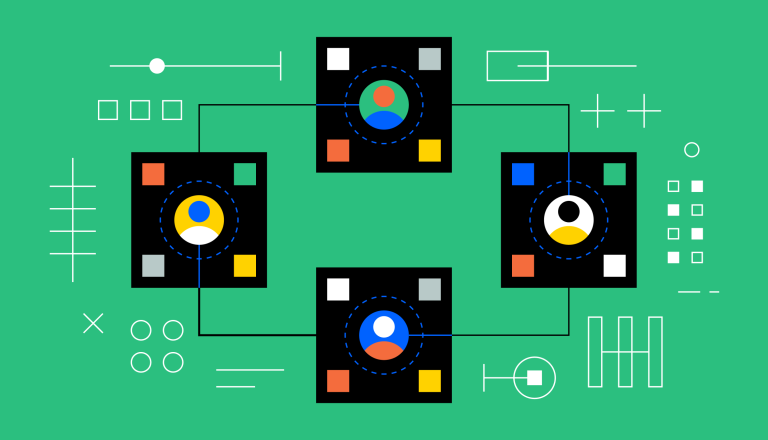What are Real-World Assets (RWA)?

Real-World Assets (RWAs) are tangible assets that exist outside the digital spectrum, which can be tokenized and brought into the blockchain ecosystem.
Tokenization of RWAs aims to enhance liquidity, transparency, and accessibility, enabling a broader range of individuals to engage with high-value assets.
Despite the potential benefits, tokenization of RWAs also presents challenges such as regulatory considerations and security issues.
What are Real-World Assets (RWAs)?
Real-World Assets (RWAs) refer to tangible assets that exist outside the digital realm. These can range from bonds to real estate properties, commodities, and machinery. The concept of RWAs in the blockchain context is about digital tokens that represent these physical and traditional financial assets. This includes currencies, commodities, equities, and bonds. The tokenization of RWAs is seen as one of the largest market opportunities in the blockchain industry, with a potential market size in the hundreds of trillions of dollars.
The Tokenization Process
Tokenization is the process of converting real-world assets into digital tokens through blockchain technology. This process aims to enable fractional ownership and make high-value assets more accessible to a wider variety of individuals by facilitating the division of assets into smaller, more affordable units. Tokenized real-world assets, such as real estate, art, commodities, and even intellectual property, strive to offer greater liquidity, transparency, and accessibility. This digitization of physical assets is often seen as a way to modernize and democratize conventional financial markets.
Benefits of Tokenizing Real-World Assets
Tokenizing real-world assets brings several benefits. Enhanced liquidity is one of the most significant advantages. Unlike traditional markets with set trading hours, the nature of blockchain technology allows for continuous engagement with these tokens, providing individuals with more flexibility. Moreover, the transparency built into blockchain technology increases investor confidence, further reducing the possibility of fraud and ownership conflicts. Tokenization also aims to lower the costs associated with asset management, such as paperwork, intermediaries, and legal fees, by removing many of the entry barriers prevalent in traditional financial markets.
Challenges in Tokenizing Real-World Assets
Despite the potential benefits, tokenization of RWAs also presents challenges. Regulatory considerations that differ by jurisdiction are a significant concern. Any tokenization project must adhere to local laws and regulations. Security is another crucial issue due to the vulnerability of digital assets to fraud and hacking. Effective custody solutions and security measures are required to preserve these assets.
The Role of RWAs in Decentralized Finance (DeFi)
RWAs find a place within the Decentralized Finance (DeFi) ecosystem, increasing the availability of these often inaccessible financial tools and opening up new horizons of applications. The tokenization of RWAs may contribute to the broader acceptance of the crypto industry. With the potential to influence global economies, the opportunity exists. Its acceptance in traditional finance is ongoing. Nonetheless, technology can change how we interact with and engage in physical assets.


